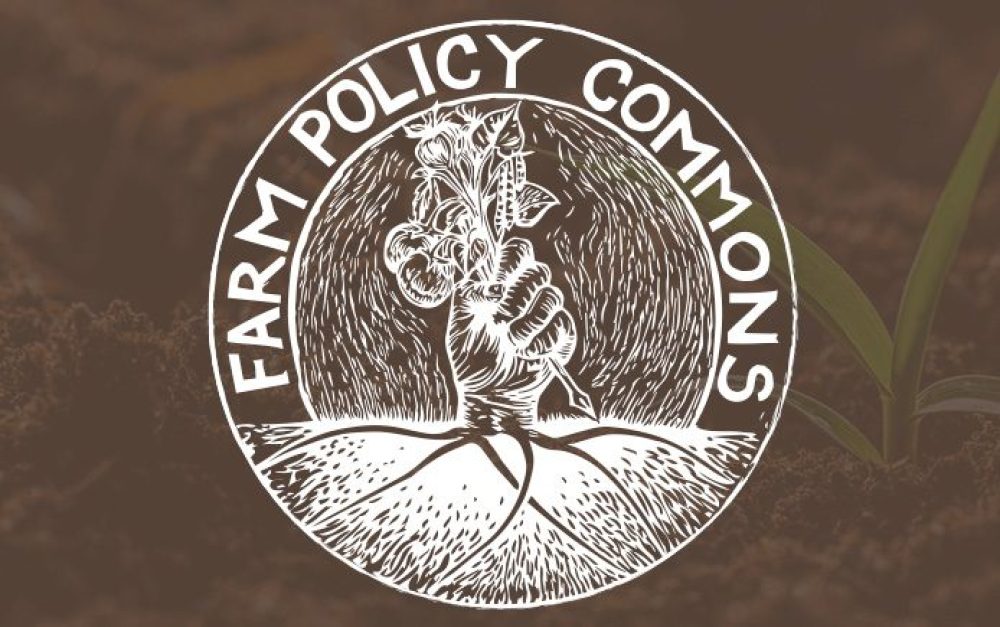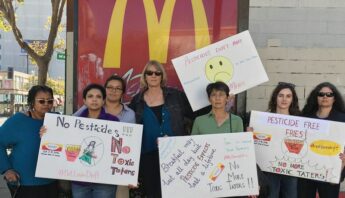PAN’s Farm Policy Commons is a new project focused on creating a clearinghouse for food and farm advocates across the country who are working to change state policies.
We recently chatted with Organizing Co-Director Willa Childress for an update on PAN’s Farm Policy Commons, a new program she coordinates from her home in rural Tennessee.
What is the Farm Policy Commons and who does it serve?
PAN’s Farm Policy Commons is a new project focused on creating a clearinghouse for food and farm advocates across the country who are working to change state policies. It’s designed to share resources, lessons learned, model policy information — and to connect activists with each other across regions.
Our goal is to leverage the skills and knowledge of the incredible partners across the key states where we’ve been working (California, Hawai‘i, Minnesota and Iowa) to help build policy momentum in other states.
Why is PAN focusing on state policy progress?
Building power at the local and state level is a strategy that PAN has been deepening for a number of years now, and it feels more important now than ever.
While gridlock and corporate capture can make it difficult to move our agenda forward at the federal level, we’ve managed to secure some incredible wins in several states, including advances around pollinator protection, healthy soils, farmer equity, farmworker protections, and bans on dangerous pesticides like chlorpyrifos.
Where is the most exciting momentum?
One new issue we’re organizing around is the use of pesticide-treated seeds as fuel in ethanol production. This dangerous practice has already harmed the health of one community in Nebraska and leaves many more at risk. PAN has been partnering with a number of advocates in midwestern states to promote legislation that would prevent something like this from happening again.
Another key issue is on PAN’s “learning edge:” the intersection of PFAS — a harmful class of “forever chemicals” — and pesticides.
Last fall, PAN helped convene a cohort of advocates working on this issue; we met several times throughout the legislative season to learn from each other and share ideas and resources. Groups in several states made plans to introduce legislation and, in Maine, a PFAS/pesticides law passed! We’re now debriefing and thinking together about how to leverage this experience in other states. This has been a great example of the Farm Policy Commons strategy in action.
What are some tools the project will provide for organizers?
For each issue area, we’ll have a map of states where legislation has advanced or passed, and a timeline providing the historical context of each issue. We’ll have lessons learned, model policies, and an array of other resources — both from PAN’s resource library and from our partners — on relevant science, communications tactics, and organizing tools.
Have there been any big surprises for you in doing this work?
PAN started this project after seeing the need for it in various policy spaces, but I’ve still been amazed at how often the “gap” we’re working to fill is identified by movement partners. People ask “Why don’t we have a clearinghouse for this?” and “Why are we working to reinvent the wheel, and craft legislation that may already exist elsewhere?” We’re excited to be working with our partners to help meet this need.
Farm Policy Commons resources and tools will soon be available to state policy advocates across the country.







